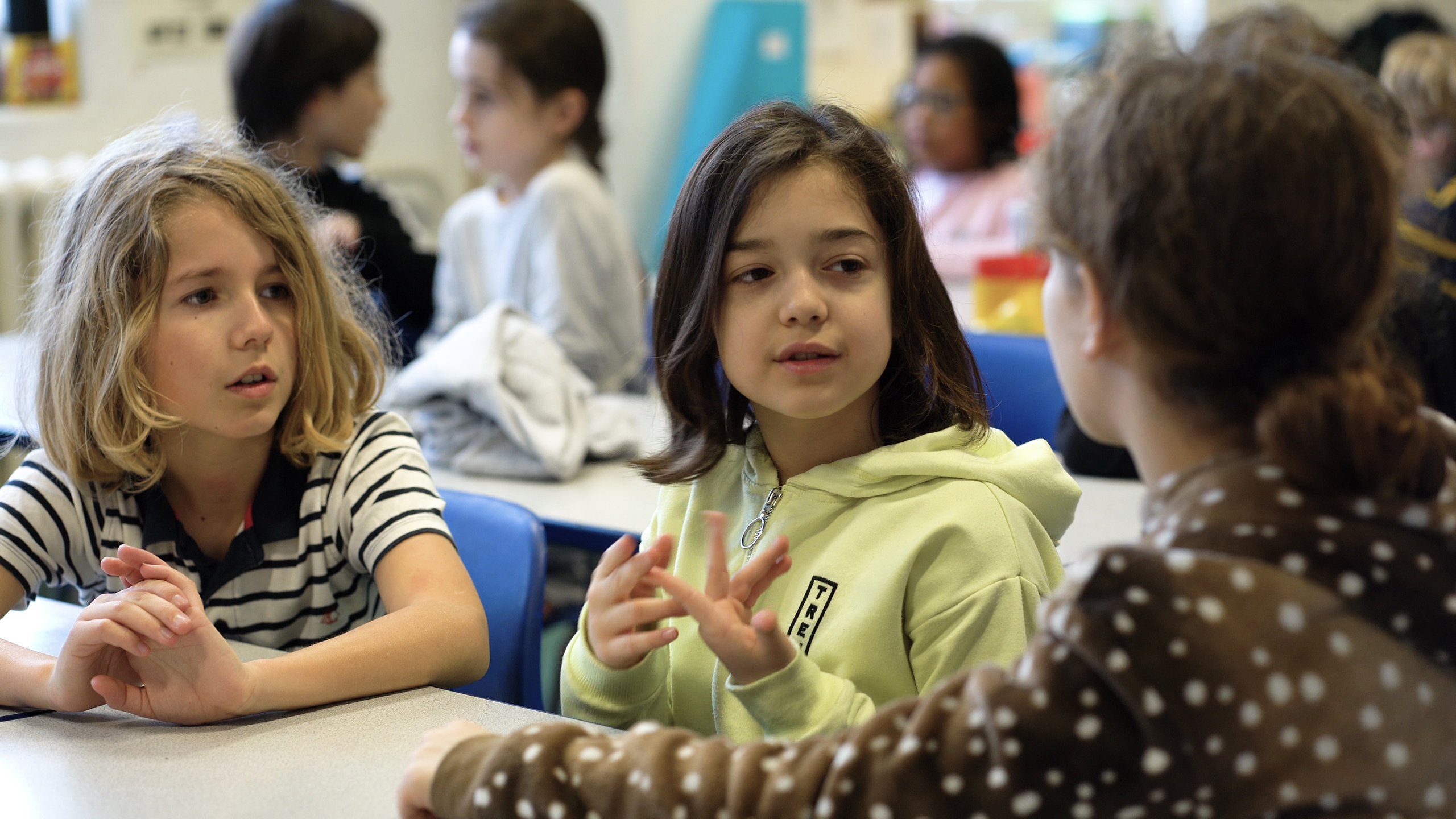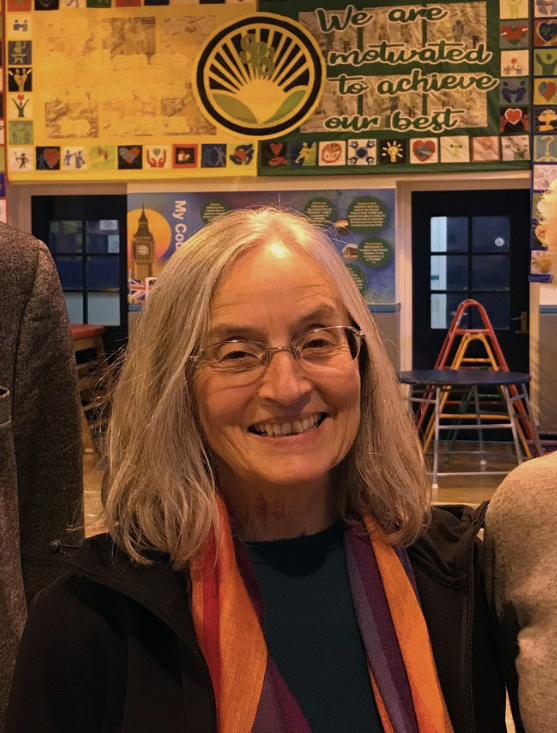Climate Change All Change: Opportunities and challenges

As schools return for the Spring term, CCAC trustee and educator Kimberly Safford reflects on the opportunities and challenges for regenerative environmental and climate impact teaching in primary schools.
Across the UK, schools work to inform and inspire children about recycling, conservation and protecting the natural world.
CCAC builds on schools’ existing work, focusing on new materials and technologies, and renewable energy sources, but above all engaging children’s imagination to conceive and design a climate changed future when they will have livelihoods and careers of their own. Teamwork and problem-solving are also features of children’s learning in CCAC. And having professional designers in the classroom, sharing their creative skills and ways of working, makes CCAC fun and special.
Teachers use CCAC as an opportunity to extend children’s learning across the curriculum, in science, geography, and history, as well as in design and technology. This year, in addition to designing, children have been:
- Comparing the environmental impact of building materials and energy sources in different communities and periods
- Planning and proposing sustainable development of local brownfield sites
- Examining the carbon cycle and the role humans, animals and plants play
- Considering the way we might clothe ourselves in habitual extreme climate conditions
CCAC aligns with the UK government’s strategy for sustainability and climate change in education. This states that children should learn about the “causes and impacts of climate change” and about “the importance of sustainability”. The strategy gives prominence to children’s future employability in the context of climate change, specifically in career paths that support the transition to net zero, the restoration of biodiversity and a sustainable future.

By the end of primary school, children have often formed ideas about what they might be and do when they grow up. That’s why CCAC believes it important to bring designers into primary level classrooms, so children interact with real life people engaged in creating sustainable homes, offices, streets, transportation, clothing, food and landscapes and gain early inspiration about future work in ecology oriented professions.
Challenges
CCAC’s programme is ambitious and aspirational. But there are challenges.
Design is a required curriculum subject but, like art and music, it does not have the dedicated classroom hours (or the examination status) of English and mathematics.
And, for all its urgency, climate change is not a required, examined or inspected school subject.
“Climate change” itself is not explicitly named until the secondary school curriculum – when science and geography become non-compulsory subjects.
Teachers tell us that children are passionate about climate change. They want to learn about it and what can be done about it. Children also tell us that they enjoy designing and thinking about the future. There is widespread agreement that the school curriculum must change, not just to prepare and equip children for the climate emergency, but to make learning relevant for children today.
Our view is that this change cannot start soon enough, or early enough in children’s lives. At the moment, it is up to teachers and headteachers to lead this learning, often by making time in a packed study schedule for ‘extra’ activities such as CCAC.
According to the World Bank, education is the single strongest predictor of climate change awareness. Mainstreaming all aspects of climate education in the primary school curriculum, from science to art and design, will change mindsets and behaviours, not just for children, but for their parents and communities. Around the world, there are many climate change learning strategies in development (such as the UK government’s) but there is still too big a gap between current statutory curricula and assessment regimes and the need for bold action on children’s climate education.